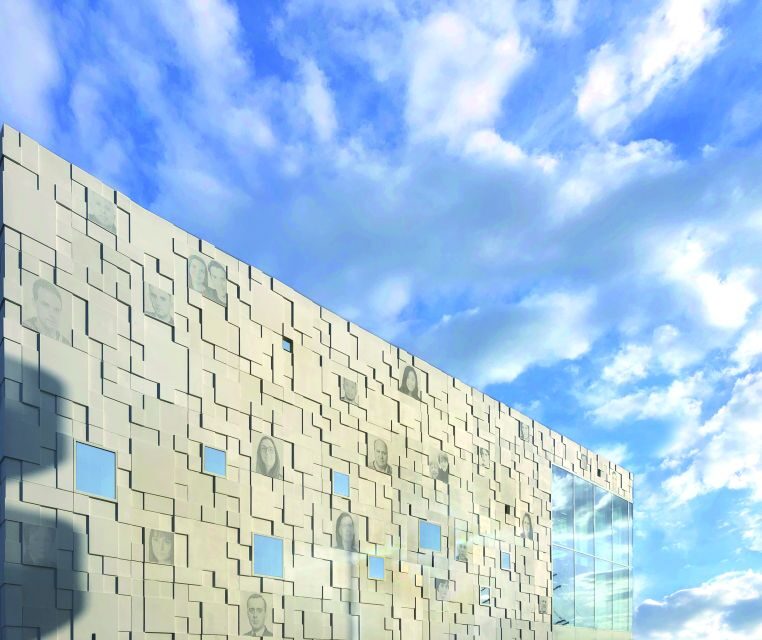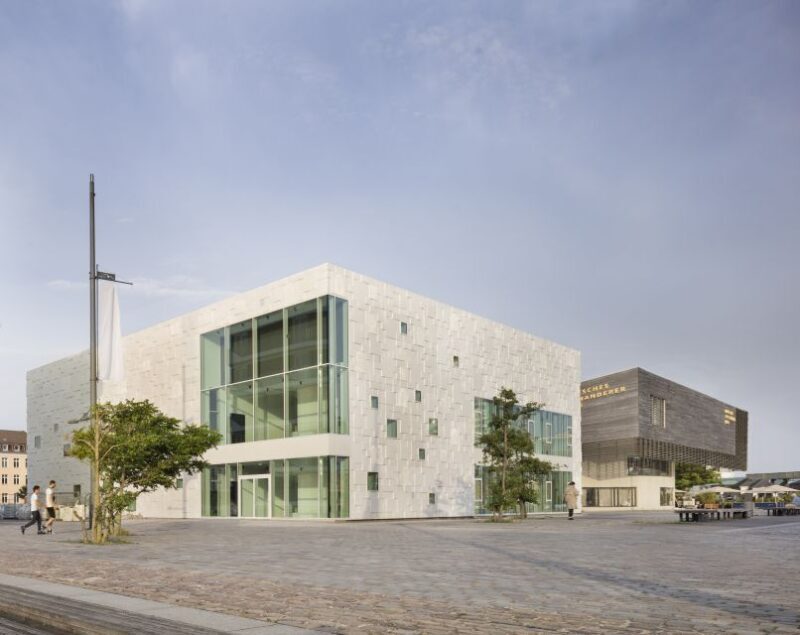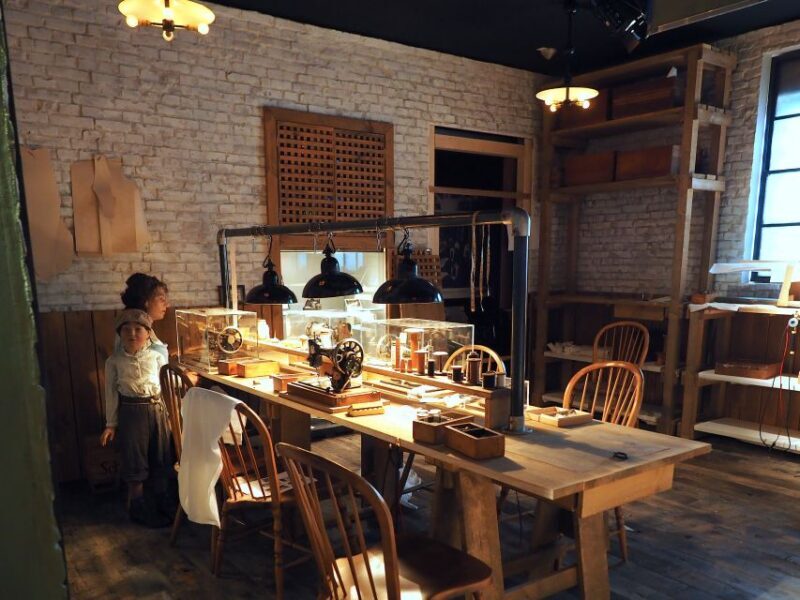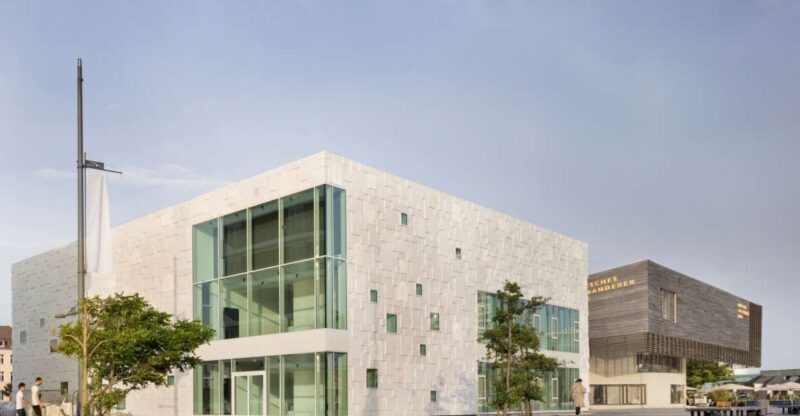Physical Address
304 North Cardinal St.
Dorchester Center, MA 02124
Physical Address
304 North Cardinal St.
Dorchester Center, MA 02124

Discover 300 years of migration history at Bremerhaven’s German Emigration Center. Explore interactive exhibits, family research, and immersive storytelling.

When it comes to understanding the stories behind millions of Europeans who left their homeland over centuries, the German Emigration Center in Bremerhaven offers a compelling, thoughtfully designed experience. This modern museum isn’t just about static displays; it’s an interactive journey that makes history feel personal and real. For those interested in genealogy, immigration stories, or maritime history, this attraction provides a fascinating mix of education and emotional connection.
What stands out most is the use of digital technology—like the electronic iCards—that bring individual stories from the past to life, allowing visitors to trace a migration route that feels both personal and global. One thing to keep in mind is that the museum’s layout and interactive stations can be quite engaging, but they also require a bit of time and patience, especially if you want to fully explore all the multimedia options.
This experience is ideal for history buffs, family researchers, or anyone curious about the journey of millions who set sail for a new world. If you’re looking for a meaningful, educational activity that offers insight into European migration, the German Emigration Center is well worth the visit.

Looking for more options in Bremerhaven? Here are some other experiences worth considering.

The German Emigration Center is Europe’s largest and most contemporary museum focused solely on migration. It takes visitors through a multi-layered narrative of migration from the 17th century onward, tracking the journeys of over 7 million Europeans who departed from Bremerhaven in search of a new life.
The museum’s design emphasizes storytelling—using interactive exhibits, multimedia stations, and personal accounts that make the information engaging, rather than dry history lessons. This approach works well; as one reviewer noted, “It’s not just interesting to see, but to experience with all senses.” The use of digital iCards introduces a personal element, giving each visitor a story to follow, such as that of an emigrant leaving for America.
The experience kicks off at the quay, where you meet the emigrants from various European countries. This part of the museum creates a powerful emotional connection, with stories of farewell moments that highlight the human side of migration. The ship models and recreations of passenger ships from different eras—like the ocean liner Columbus in 1929—help visitors visualize the voyage.
One reviewer pointed out that “the old ships’ decks are quite tight and narrow,” which can be a challenge for wheelchair users or those with mobility issues, but overall, the ship exhibits are highly detailed and immersive. The attention to detail allows you to step into the emigrants’ shoes, feeling the anticipation and trepidation of departure.
Once onboard, you’ll explore the three eras of passenger shipping. This section vividly depicts life aboard the ships, covering the accommodations, social atmosphere, and hardships faced by travelers. The multimedia stations here, activated via the iCards, provide detailed narratives, photos, and even audio recordings, making the journey feel authentic.
After the crossing, the experience moves to the immigration station—an exact replica of Ellis Island’s legal desk—where you undergo an “immigration test.” This part of the exhibit emphasizes the legal and bureaucratic hurdles emigrants faced, giving insight into the complex process of starting anew in a different country.
Next, the focus shifts to life in the New World, with displays on how immigrants adapted, the challenges they faced, and the contributions they made. Many visitors find this part particularly touching, as it personalizes the broader migration story. You learn about the different motivations to emigrate, from economic opportunity to fleeing hardship, and how these stories shaped the development of American cities like New York.
A standout feature is the free family research service. Here, trained staff assist visitors who want to trace their own ancestors’ migration paths. The setup is user-friendly: you can search for names, dates, and origins, and gain insights into your family’s migration story. One reviewer mentioned, “Having someone guide me through my family’s history made it more real and meaningful.”
The ticket, priced at $23 per person, grants access for a full day, allowing ample time to explore the exhibits thoroughly. The museum is wheelchair accessible, which is a big plus for visitors with mobility concerns. The main entrance is located at Columbusstraße 65, and visitors are encouraged to arrive at least two hours before closing to ensure a complete visit—there’s a lot to see!
Included in the ticket are all multimedia stations and access to the research facilities. Food and drinks aren’t included, so plan to bring some snacks or enjoy nearby cafes after your visit.
From the reviews, it’s clear that visitors appreciate the interactive and multisensory approach—a rare feature that makes the stories more tangible. The personalization via iCards and the detailed ship recreations stand out as particularly engaging.
However, one drawback mentioned by a visitor was that “all the computer seats were occupied,” which suggests the facilities can get busy, especially during peak hours. Also, the narrow passages on the ships might be tight for those with mobility aids, so planning ahead is wise.
If you’re someone intrigued by history, especially migration and maritime stories, this museum offers a thoughtful, immersive experience that combines education with personal storytelling. It’s particularly suited for families, genealogists, or history enthusiasts. The inclusion of family research options makes it useful for those eager to uncover their roots too.
While the admission fee is reasonable considering the depth and quality of exhibits, the real value lies in the interactive storytelling and the emotional connection it fosters. Expect to spend around 2-3 hours if you want to see everything thoroughly.
The German Emigration Center provides a meaningful, well-rounded look at how migration has shaped lives and nations. It’s a museum that teaches, touches, and inspires—an authentic experience worth making time for during a trip to Bremen or Bremerhaven.

Is the ticket valid for multiple visits?
No, the ticket is valid for one day only, but it allows unlimited access on that day, so you can revisit exhibits if needed.
Are there guided tours available?
The provided information doesn’t specify guided tours, but the self-guided experience is enriched with multimedia and staff assistance for research purposes.
Can I visit with a wheelchair?
Yes, the museum is wheelchair accessible, and the exhibits are designed to accommodate visitors with mobility aids.
What is included in the ticket?
Your ticket grants access to all exhibits, multimedia stations, and the family research facilities. Food and drinks are not included.
How long should I plan to spend at the museum?
Allow at least 2 hours to see everything comfortably, especially if you want to explore the research area and interactive stations thoroughly.
Is there any age restriction?
The experience is suitable for all ages, with interactive displays making it engaging for children, teens, and adults alike.
Are there any special features for families?
Yes, the family research room and interactive storytelling make it a great choice for families wanting an educational outing.
What should I bring?
Bring comfortable shoes, a curiosity for history, and possibly a guide or notes if you want to explore personal genealogy.
If you’re looking for an experience that combines history, technology, and personal stories, the Bremerhaven German Emigration Center is a standout. It offers a respectful, insightful look into the journeys that shaped the modern world—and your own family history may be waiting to be uncovered.